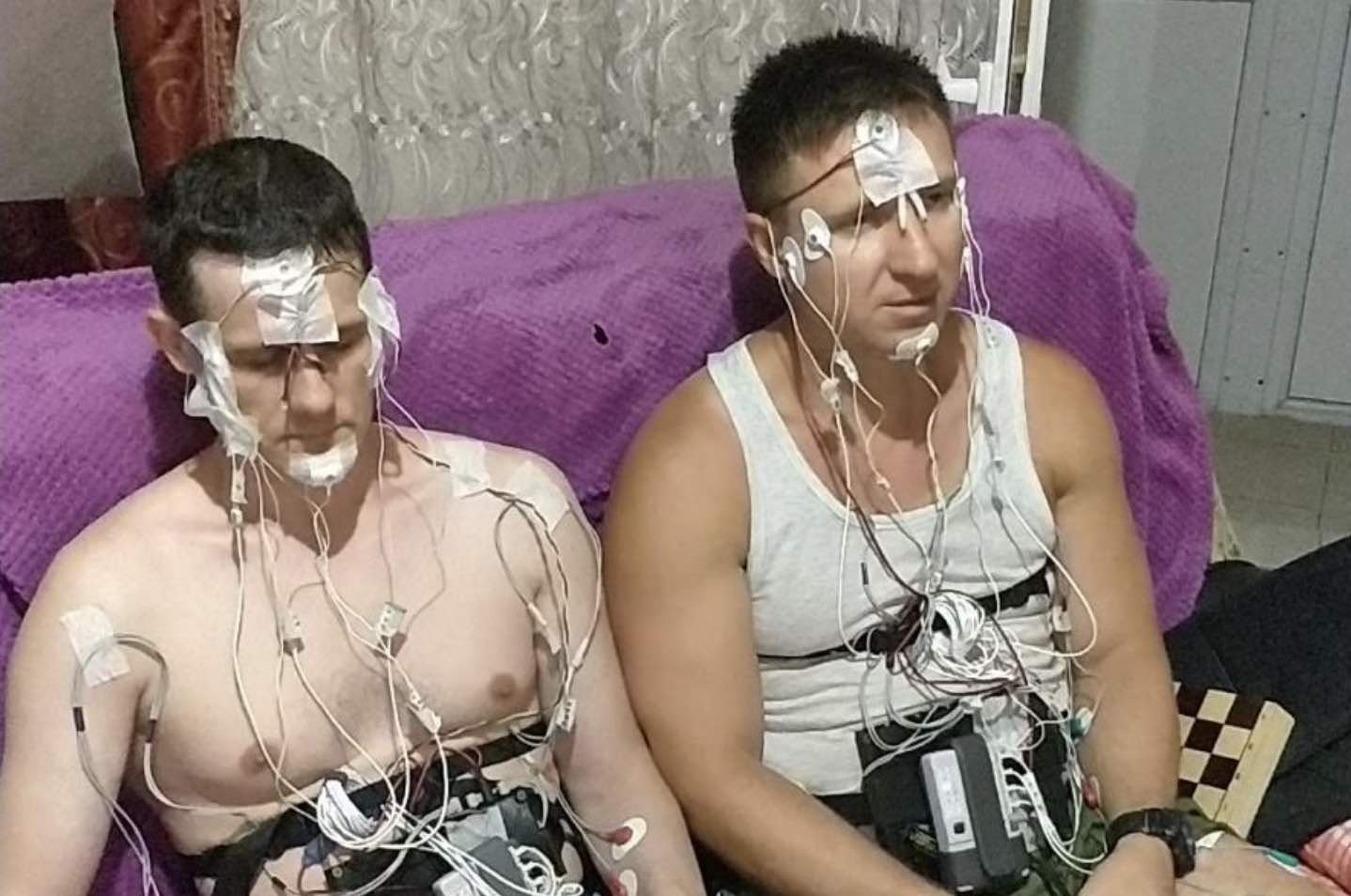The first two-way control of a virtual object by study participants while lucid dreaming has been documented, according to the findings of a new research effort.
Researchers with REMspace, a California startup, report that five participants in the recent study were successfully able to control a virtual Cybertruck while lucid dreaming, and even avoid obstacles that appeared on a screen.
Multitasking While Dreaming
Humans spend an incredible amount of time sleeping. The average time spent in restful sleep during a person’s life amounts to around 227,760 hours, which equals 26 years or about a third of the lifespan of the average person. Meanwhile, an additional 33 years of our lives, on average, are spent just trying to fall asleep.
While the human body requires sleep for a variety of reasons, which include resting our bodies and allowing our brains a crucial “system reset”, many people lament the amount of time spent on sleep that could be applied toward other activities.
Past research has shown that some people may be successful at solving problems while they sleep, or at least that sleeping may help reactivate memories in ways that may help an individual glean new insights into issues they are facing or problems they need to solve.
The researchers at REMspace decided to take these past findings further, and find out whether people could be connected to computers while sleeping to see if they could successfully solve tasks from within a dream state.
Lucid Dreaming Technology
For their research, the team at REMspace utilized special equipment based on electromyography sensors, which detect a person’s movements and relay that information back to the computer. It then creates an equivalent action on a virtual avatar.
During the study, a Cybertruck was used, for which hand movements by the participants caused the vehicle to turn, and light perceived through the eyelids indicated the presence of obstacles.
Five participants who had experience with lucid dreaming were successful in the conscious control of a virtual Tesla. At the same time, their brains indicated they were in REM sleep, confirmed through polysomnographic monitoring.


The research study’s participants displayed the ability to control an object on the screen for periods from just a few seconds, to up to several minutes.
A New Area of Technologies
“Two-way interaction with a computer from dreams opens up a whole area of new technologies,” said Michael Raduga, who led the experiment, in a statement.
Rudega’s past research has focused primarily on the dissociative state of mind commonly referenced by experiencers and in related literature as out-of-body experiences (OBEs) and related phases, which include lucid dreams.
“Now, these developments are crude,” Raduga says, “but soon they will change the idea of human capabilities.”
Past studies undertaken by REMspace focused on conveying music and speech from dreams. Later this year, the startup says it plans to produce what it says will be the first device that allows people to connect to the Internet during lucid dreams.
The research team’s results will appear in a forthcoming edition of the International Journal of Dream Research, and a preprint version has currently been made available online at the PsyArXiv website.
Micah Hanks is the Editor-in-Chief and Co-Founder of The Debrief. He can be reached by email at micah@thedebrief.org. Follow his work at micahhanks.com and on X: @MicahHanks.

